Senatorial Election: Each Party Knows Its Potential Electors
- Par Aureline MELI (Intern)
- 21 févr. 2018 13:51
- 0 Likes
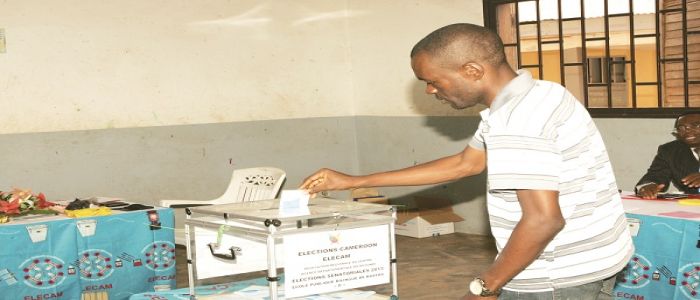
Elections Cameroon has made known the list of results obtained in the 360 Councils in the September 30, 2013 municipal elections classifying the score for each political party.
As political parties preparing to run for seats in the senatorial election of March 25, 2018, finalise the list of candidates to submit to Elections Cameroon (ELECAM), they very well master their potential electors.
The presidential decree convening electors to the polls indicate that the electoral college is essentially the municipal councillors voted during the September 30, 2013 council election.
The elections organising institution, ELECAM is updating the electoral list for the election of senators by deleting the names of municipal councillors elected in September 30, 2013 who have already died and those who have lost their voting rights following the provisions of the Electoral Code.
The same ELECAM has detailed results of the 2013 municipal election that already enable the political parties preparing to participate in the election to measure their winning chances in each region that constitutes a constituency for the 70 elected Senators.
Statistics That Speak
In the Adamawa Region, that has 21 councils, a total of 597 councillors were voted in September 2013. Seven political parties are sharing the councillors. The ruling Cameroon People’s Democratic Movement (CPDM) that controls 14 of the councils, has the initial 392 councillors, the second political party, National Union for Democracy and Progress (NUDP) controls seven councils with a total of initial 192 councillors.
The Centre Regions with 70 councils after the September 30, 2013 election had a total of 1,946 councillors. CPDM controls 65 of the councils having 1,821 councillors and the Union of the Population of Cameroon (UPC) controls five councils with 125 councillors.
The East Region has 33 councils with a total of 857 councillors, all controlled by the CPDM. The Far North Region on its part, has 47 councils with a total of 1,537 councillors. The CPDM controls 40 of the councils that have an initial 1,295 councillors, Movement for the Defence of the Republic (MDR) controls five councils with a total of 147 councillors. The NUDP controls two councils with 87 councillors, while the National Alliance for Democracy and Progress (NADP) has six councillors ...
Cet article complet est réservé aux abonnés
Déjà abonné ? Identifiez-vous >
Accédez en illimité à Cameroon Tribune Digital à partir de 26250 FCFA
Je M'abonne1 minute suffit pour vous abonner à Cameroon Tribune Digital !
- Votre numéro spécial cameroon-tribune en version numérique
- Des encarts
- Des appels d'offres exclusives
- D'avant-première (accès 24h avant la publication)
- Des éditions consultables sur tous supports (smartphone, tablettes, PC)






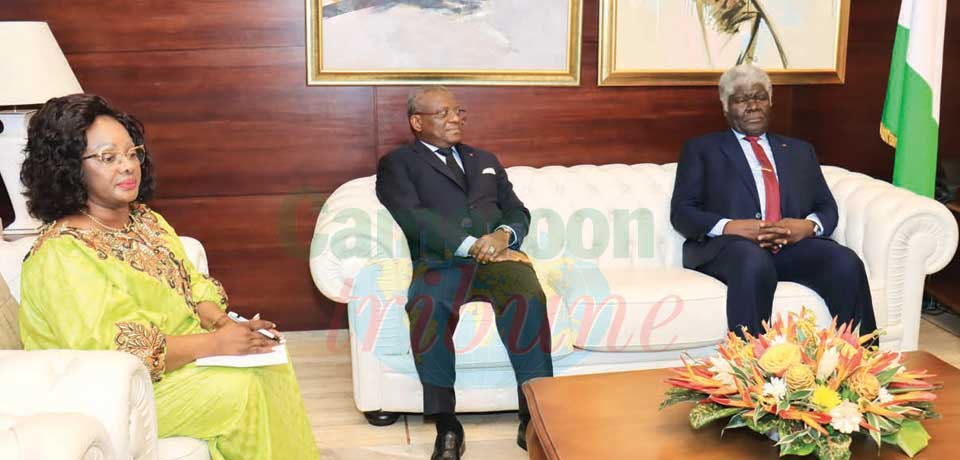
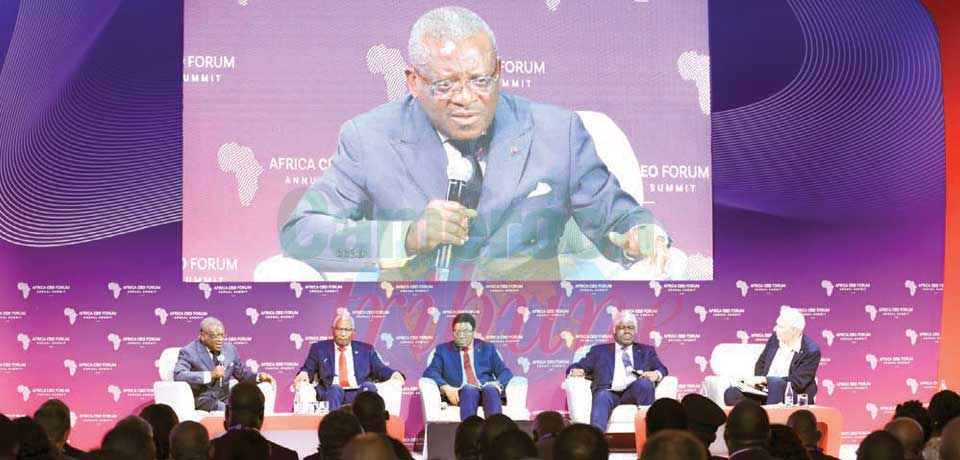
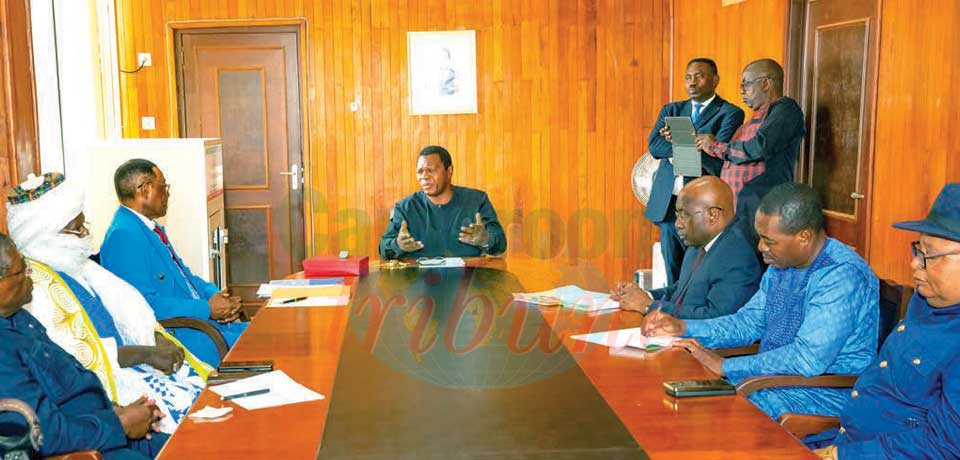
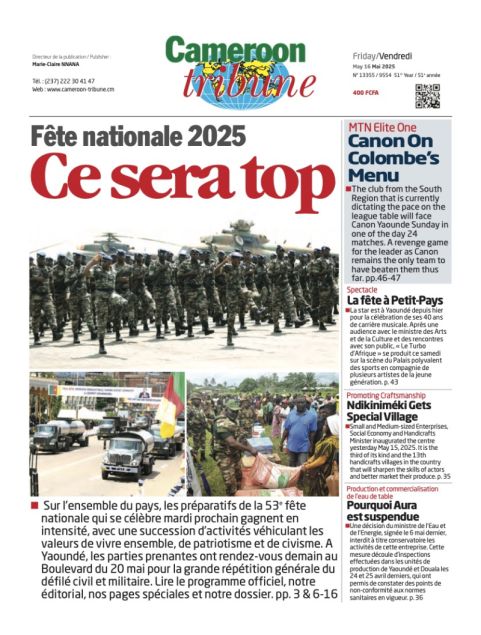




Commentaires